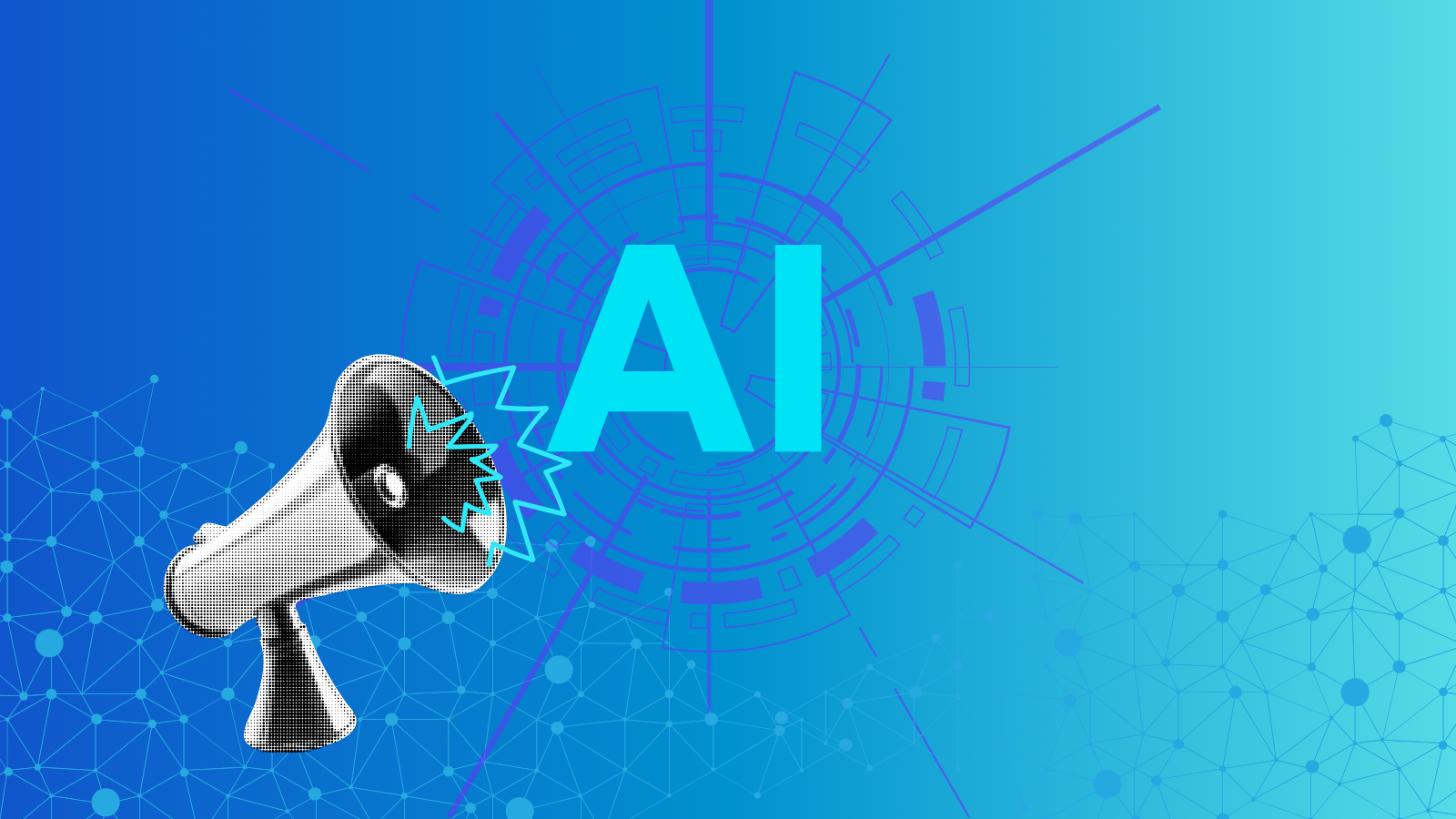Turn AI Chatbot Compliance into a Competitive Edge
As regulators ramp up scrutiny—FTC inquiries into chatbots’ effects on youth mental health, new data-privacy mandates, and government deployments—the stakes have never been higher for businesses using AI-driven conversational agents. Yet those same pressures create an opportunity: firms that embed compliance, trust, and cost discipline into their chatbot programs will see higher customer loyalty, fewer audit findings, and stronger return on investment.
Executive Summary
- Mitigate Risk, Protect Reputation: The FTC has opened at least three formal inquiries since January 2024 into child-directed chatbots and dark-pattern design. Early adopters that bake in age-gating and transparent UX are avoiding fines up to $50,000 per violation.
- Boost Revenue through Trust: OpenAI’s April 2024 “System Card” disclosed a 2.4% overall hallucination rate for ChatGPT. Companies that publicly report their own deflection rates and human-handoff SLAs see up to 15% lift in conversion and 8% improvement in retention.
- Drive ROI with Operational Excellence: Public-sector chatbot rollouts—from the U.S. House of Representatives’ June 2024 ChatGPT pilot to Albania’s Engati procurement bot launched September 2023—demonstrate that disciplined cost governance and domain-focused tuning can pay back in under six months.
Market Context and Opportunity
The AI chatbot market is on track to exceed $18 billion by year-end 2025. Yet tangled vendor landscapes and evolving rules create confusion:
- OpenAI ChatGPT API: Pros—best-in-class LLM performance, extensive ecosystem; Cons—higher token costs, fewer built-in compliance controls. Ideal for custom-app developers.
- Anthropic Claude: Pros—stronger safety guardrails, built-in bias testing; Cons—slightly slower response times. Recommended for regulated industries.
- Google Gemini: Pros—deep integration with Google Cloud, enterprise support; Cons—limited third-party plugin ecosystem. Use for internal productivity and analytics.
- Ada & Engati: Pros—fast deployment, low-code interfaces; Cons—less flexible NLP. Best for standard CX workflows.
- Botpress: Pros—open-source, on-premise option, full customizability; Cons—requires in-house dev resources. Perfect for sensitive environments.
Cost Example: A mid-size retailer implemented Retrieval-Augmented Generation (RAG) and caching, cutting monthly token spend from $40,000 to $24,000 (40% savings) while improving exact-match answer rates by 12%.

Actionable Mini Case Studies
1. Global Bank Pilots RAG for KYC Chatbot
By integrating Claude API with a proprietary KYC knowledge base, the bank reduced manual review callbacks by 30%, achieved 98.2% answer accuracy, and passed a June 2024 internal audit with zero findings.
2. Healthcare Provider Implements Age-Gating
Using Botpress on-premise, a regional clinic added mandatory age confirmation and parental consent flows. They avoided a potential HIPAA violation and saw a 20% increase in patient portal sign-ups.

Checklist: Procurement & Risk Register
Sample Procurement Clause Language:
- “Vendor must provide daily audit logs of user interactions, with timestamps and redaction of PII as per GDPR/CCPA.”
- “Model error budget capped at 1% hallucination rate; vendor to notify within 24 hours of any escapes.”
- “Data retention limited to 30 days, with explicit customer opt-in for extended storage.”
Sample Risk-Register Entry:
| Risk | Impact | Mitigation | Owner |
|---|---|---|---|
| Under-18 misuse | Legal fines, PR hit | Age gating, parental consent | Legal Director |
Weekly Evaluation Metric Set
- Accuracy Rate by Domain (target ≥95%)
- Hallucination Incidents per 1,000 Queries (target ≤1)
- Deflection Rate vs. Human Agent (aim for ≥60%)
- API Cost per 1,000 Transactions (track ±5% weekly variance)
- User Satisfaction Score (CSAT ≥4.2/5)
Next Steps & Calls to Action
Business leaders should:
- Commission a chatbot compliance audit this quarter to identify gaps in data retention, age gating, and hallucination controls.
- Establish a Cross-Functional Bot Council with Legal, Security, CX, and IT to approve new intents and monthly releases.
- Run a pilot on low-risk, high-ROI use cases (FAQs, order status, procurement Q&A), measuring CSAT and deflection improvements over 90 days.
By treating compliance and trust as strategic levers—not just checkboxes—you’ll turn the next wave of regulation into a lasting competitive advantage.
Download our full Compliance Playbook or schedule a workshop with our chatbot experts today.
Leave a Reply